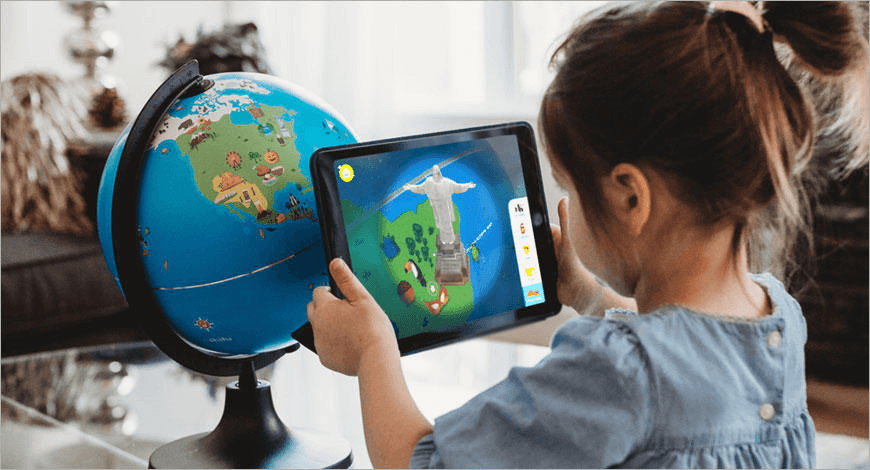Cenet Whispers
Your source for the latest insights and trends.
Augmented Reality: Where Your Imagination Meets the Digital World
Explore how augmented reality transforms imagination into immersive digital experiences. Dive in and redefine your reality today!
Exploring Augmented Reality: How It Transforms Our Daily Lives
Augmented Reality (AR) is revolutionizing the way we interact with the world around us. By overlaying digital information onto the physical environment, AR enhances our daily experiences in profound ways. For instance, in the realm of education, tools like AR applications provide immersive learning environments, allowing students to visualize complex subjects such as anatomy and physics. This technology encourages engagement and retention, making learning more accessible and enjoyable for all students.
In addition to education, AR is transforming industries such as retail and healthcare. In retail, brands are utilizing augmented reality tools to create virtual fitting rooms and interactive advertisements, enhancing customer experiences and driving sales. Meanwhile, in healthcare, AR aids medical professionals by providing real-time data during surgeries, improving precision and patient outcomes. As we continue to explore this innovative technology, it's clear that augmented reality is not just a trend but a game-changer that is reshaping how we live and work.

The Future of Augmented Reality: What Innovations Can We Expect?
The future of Augmented Reality (AR) promises to bring about innovative changes across multiple industries. As technology progresses, we can expect exciting advancements such as real-time object recognition, which will enhance user interactions by allowing digital information to overlay seamlessly onto the real world. Furthermore, improvements in wearable devices and mobile platforms will make AR experiences more accessible. This will likely lead to its incorporation in areas such as education, where immersive learning could revolutionize traditional teaching methods, and in healthcare, enabling surgeons to visualize complex structures during procedures.
As we look ahead, the integration of machine learning and artificial intelligence into AR applications will facilitate more personalized experiences. For instance, we can anticipate the emergence of AR shopping experiences that tailor recommendations based on individual preferences and behaviors, creating an engaging retail environment. Additionally, the development of social AR platforms will redefine how we interact with others, making virtual gatherings more interactive by blurring the lines between reality and digital environments. These innovations signify a future where augmented reality is not just a novelty but a fundamental aspect of our everyday lives.
How Augmented Reality Is Redefining Creativity and Imagination
In recent years, Augmented Reality (AR) has emerged as a groundbreaking tool that is reshaping the landscape of creativity and imagination. By seamlessly blending digital elements with the real world, AR enables artists, designers, and creators to push the boundaries of their work, inspiring innovative experiences and captivating audiences. This transformative technology provides myriad opportunities for fields such as gaming, education, and marketing, allowing creators to visualize their ideas in ways that were previously unimaginable.
Furthermore, AR is not just enhancing traditional forms of art; it is also giving birth to entirely new mediums that encourage interactive participation. For instance, museums and galleries are leveraging AR to create immersive experiences where visitors can engage with exhibits in real-time. This adds a layer of interaction that can deepen the understanding and appreciation of art. As AR continues to evolve, it is clear that it will play a crucial role in redefining how we perceive creativity and imagination, paving the way for the next generation of artists and innovators to explore uncharted territories.